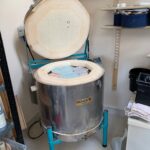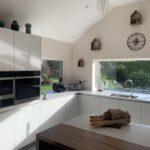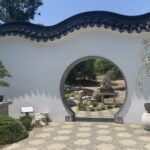A glaze is a glass layer on your pot or ceramic piece. It makes our pot more durable, resilient to dirt and bacteria and more beautifulI.
Glaze is generally made of naturally occurring minerals from the earth and can be categorised in the following 3 categories:
- Glass formers
- Fluxes
- Colourants
You can approach glazing in different ways: you can buy commercial brush-on or readily mixed glazes, make glazes from a recipe book or formulate your own glazes.
The advantage of commercial glazes is that you do not need not have a lot of knowledge about the formulation. You will just need to keep an eye on the firing temperatures and be sure that you use it on the right clay. It brushes generally easily on the pots and the safety instructions are clearly formulated on the jar containing the glaze. The disadvantage is that they are generally quite expensive if compared to their raw materials.
The advantages of the readily mixed glazes are mainly the same as the brush on glazes, only that while mixing the glaze you need to take into account the dust hazard when you add the water (with or without brushing medium) to the mix. Again, the mix is generally quite expensive when compared to the raw materials.
The disadvantage of both brush on and readily mixed glaze is that you have no control over its behaviour. You need to rely on the instructions and knowledge of the glaze company.
For what concerns the other two glaze options, things are different as you start off with raw materials which are generally quite cheap (not all of them though). On the down side you need to make sure that your raw materials are properly and safely stored and used as some are quite toxic/dangerous. Besides, when you are mixing them, use a respirator or mask to avoid the inhalation of potentially dangerous dust particles.
When you are making glazes from a recipe book you need to be sure to buy all the necessary ingredients and most of all that you test the glaze properly before applying it to precious pieces as the glaze may turn out way different than foreseen. All factors need to be considered, as glaze behaviour may change depending on the clay body used underneath the glaze, the firing and the glaze application.
Glaze formulation is by far the most reliable way to glaze your pots. However, to be able to formulate your glaze, you need to have quite some knowledge about your materials and their chemical characteristics. It is a fascinating field of competence but requires quite some learning/reading and especially testing!
Personally I tried them all and I use them all in my current clay practice where I deem them most fit. The world of ceramics has this lovely characteristic of being so full of possibilities that each of us can create his or her personal voice and touch and dig in as far as he or she likes into learning new things and techniques.
The ceramic world is wonderful!
Dec 4, 2021

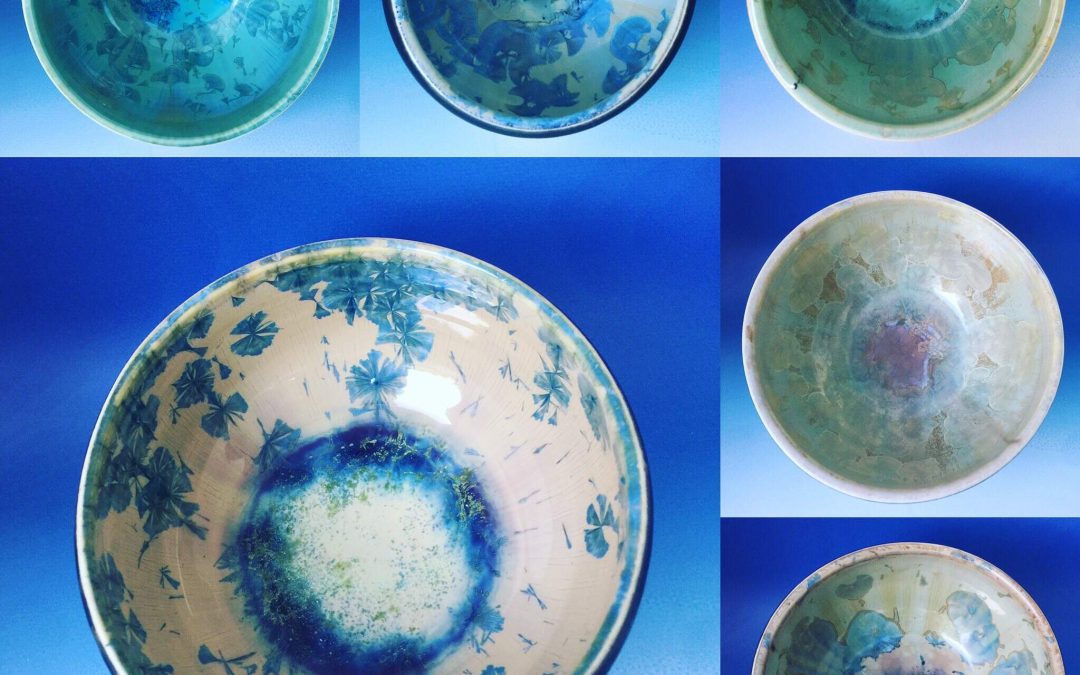
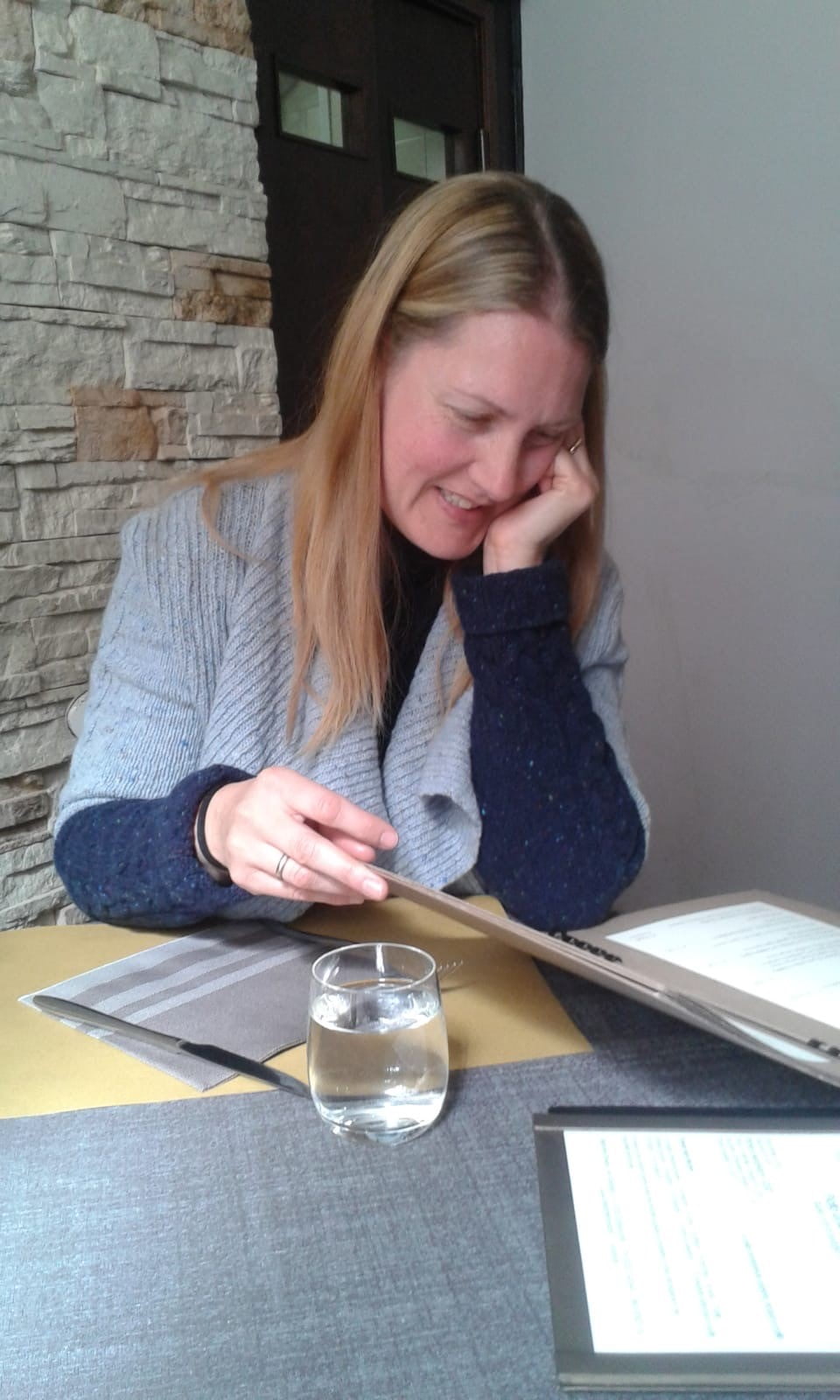 My name is Elisa; I am a woman, a mum, a daughter, a friend and a wife… and a passionate ceramicist/potter.
My name is Elisa; I am a woman, a mum, a daughter, a friend and a wife… and a passionate ceramicist/potter. 

